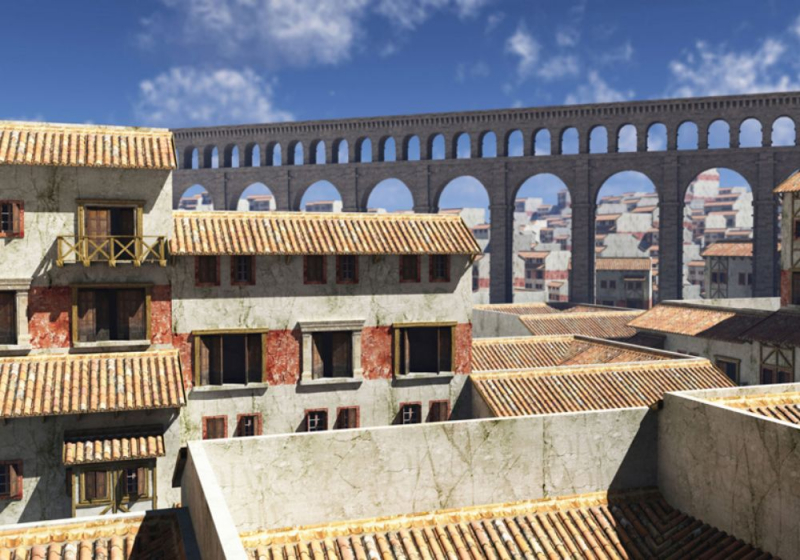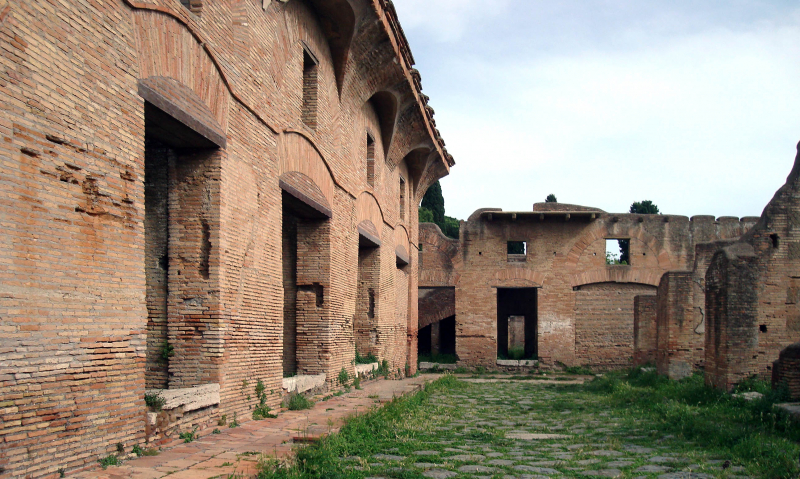Apartment "Islands"

Top 9 in Top 10 Ancient Roman Inventions
Rome constantly needed extra room for homes because of demographic concerns. Architects came up with the concept of stacking six to eight apartment buildings around a stairway and central courtyard rather than expanding housing developments outward.
As a result, entire blocks were taken up with apartments, or "insulae" (islands), with roads circling them like water. In Rome, there were about 45,000 insulae by the fourth century A.D. The lower floors' more expensive apartments were referred to as cenacula, while the upper floors' less expensive flats were referred to as cellae.
The top classes preferred their own distinct housing spaces in several parts of the city, leaving the apartments primarily for medium- to lower-class residents. Slumlords, fires, and trash dropping from above-floor apartments were problems for tenants.











